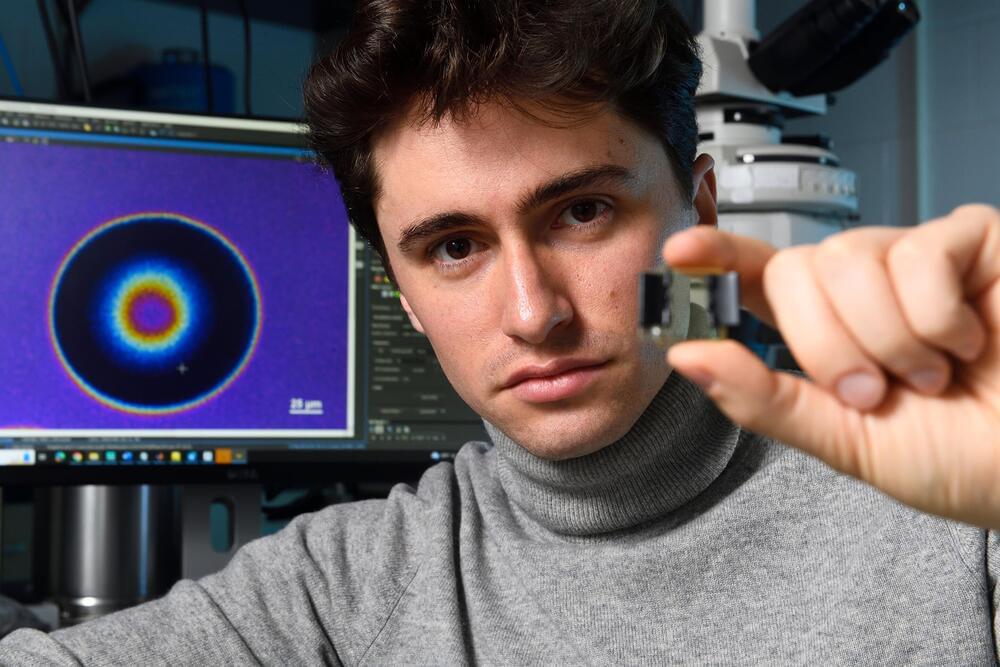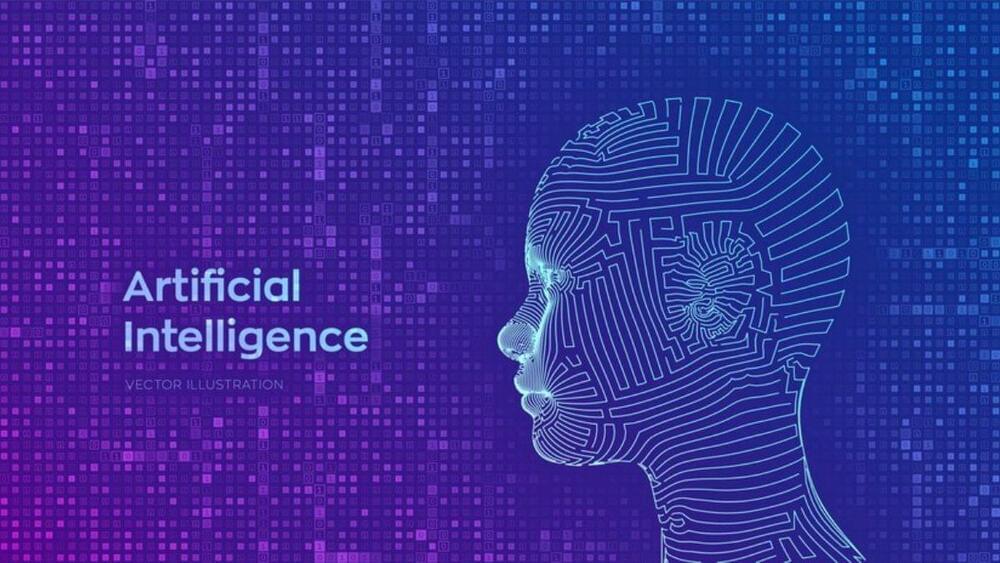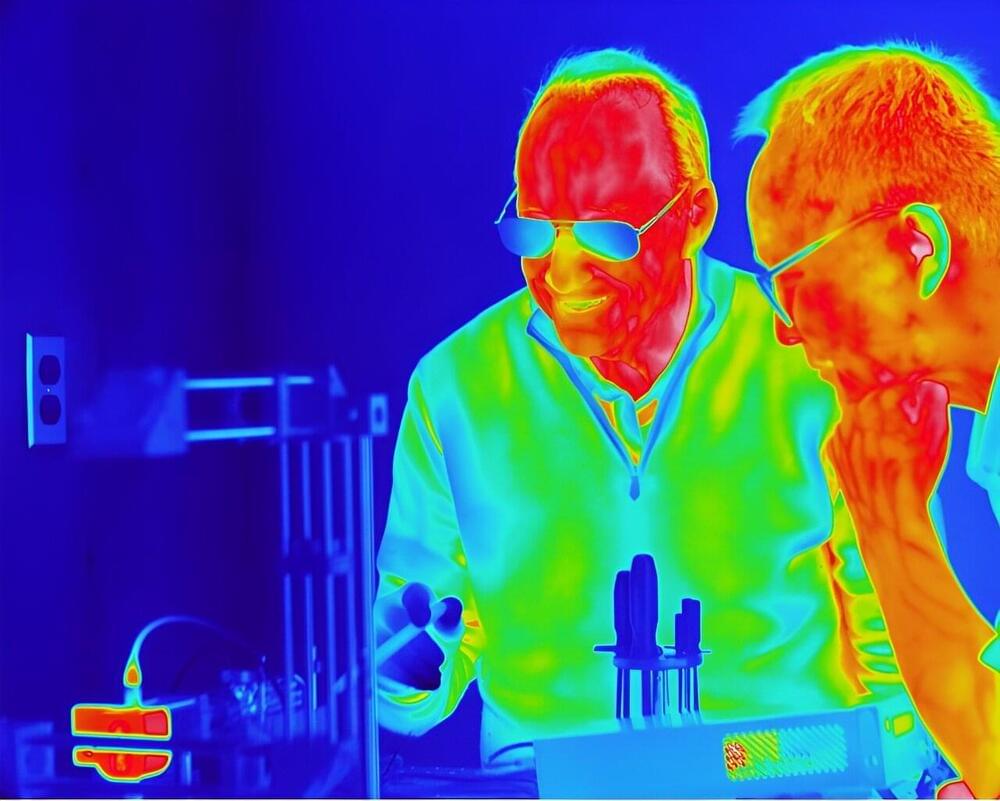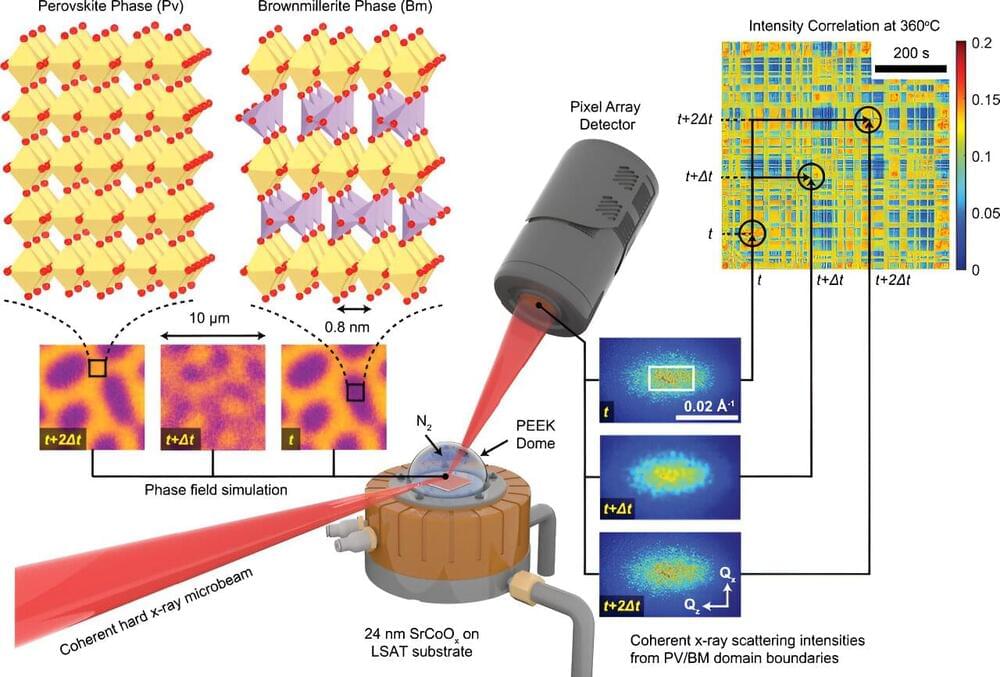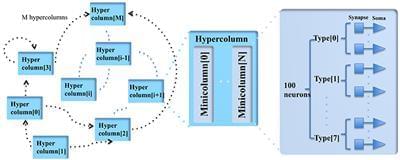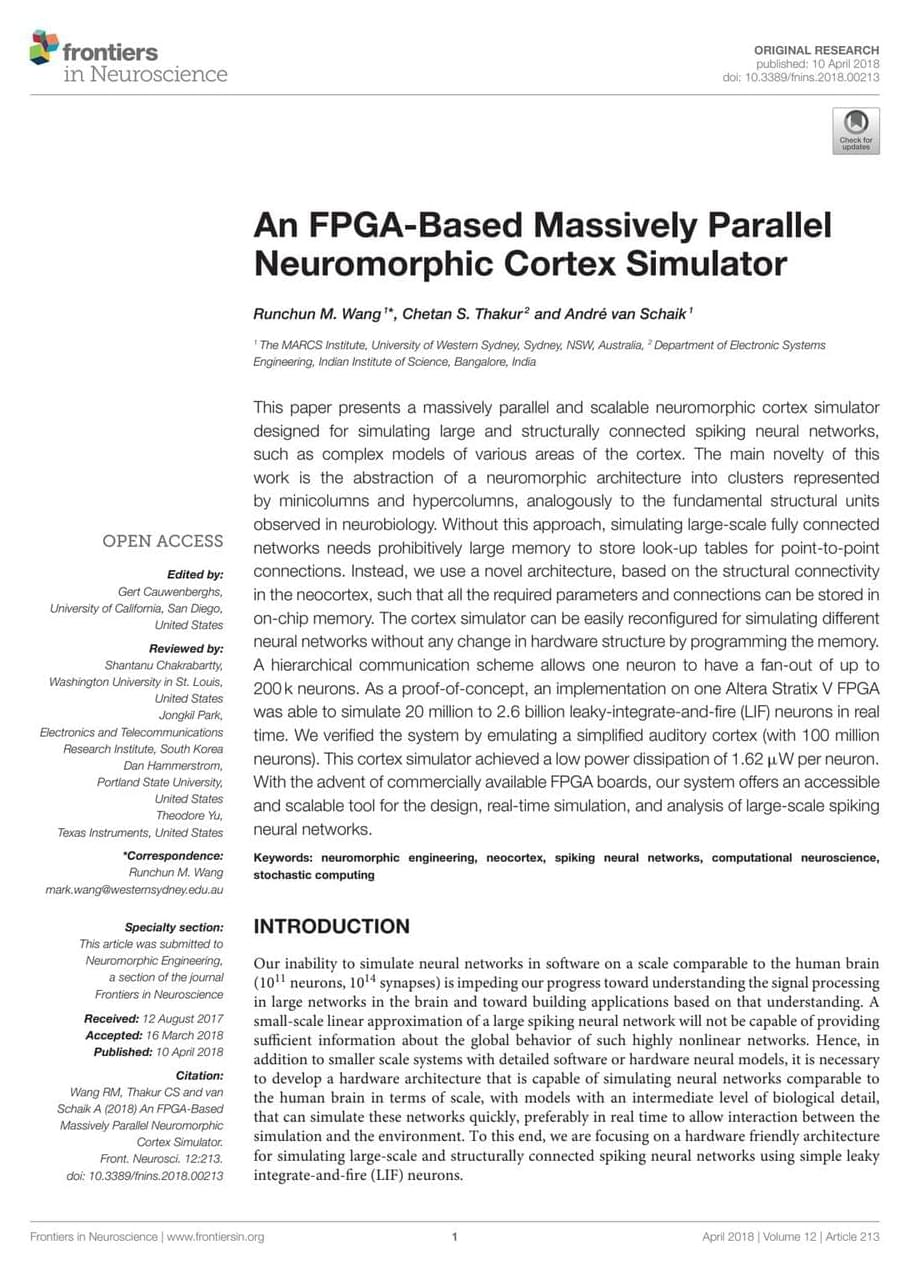Stanford researchers developed an AI model that identifies sex differences in brain activity with 90% accuracy, shedding light on neuropsychiatric conditions. This breakthrough, leveraging rsfMRI data, highlights significant brain function variances between men and women, offering new insights for personalized treatment.
Robots and cameras of the future could be made of liquid crystals, thanks to a new discovery that significantly expands the potential of the chemicals already common in computer displays and digital watches.
The findings, a simple and inexpensive way to manipulate the molecular properties of liquid crystals with light exposure, are now published in Advanced Materials.
“Using our method, any lab with a microscope and a set of lenses can arrange the liquid crystal alignment in any pattern they’d want,” said author Alvin Modin, a doctoral researcher studying physics at Johns Hopkins. “Industrial labs and manufacturers could probably adopt the method in a day.”
Quantum computers promise to efficiently predict the structure and behaviour of molecules. This Perspective explores how this could overcome existing challenges in computational drug discovery.
Neuromorphic computing, inspired by the intricate architecture and functionality of the human brain, represents a departure from traditional computing paradigms. Unlike conventional von Neumann architectures, which rely on sequential processing and centralized memory, neuromorphic systems emulate the parallelism, event-driven processing, and adaptive learning capabilities of biological neural networks. By leveraging principles such as massive parallelism and event-driven modality, neuromorphic computing offers a more efficient and flexible approach to processing complex data in real-time.
Advantages of Neuromorphic Computing for IoT
The adoption of neuromorphic computing in IoT promises many benefits, ranging from enhanced processing power and energy efficiency to increased reliability and adaptability. Here are some key advantages:
A team of researchers led by the University of Massachusetts Amherst has recently found an exception to the 200-year-old law, known as Fourier’s Law, that governs how heat diffuses through solid materials.
Though scientists have shown previously that there are exceptions to the law at the nanoscale, the research, published in the Proceedings of the National Academy of Sciences, is the first to show that the law doesn’t always hold true at the macro scale, and that pure electromagnetic radiation is also at work in some common materials like plastics and glasses.
“This research began with a simple question,” says Steve Granick, Robert K. Barrett Professor of Polymer Science and Engineering at UMass Amherst and the paper’s senior author. “What if heat could be transmitted by another pathway, not just the one that people had assumed?”
Artificial intelligence (AI) has the potential to transform technologies as diverse as solar panels, in-body medical sensors and self-driving vehicles. But these applications are already pushing today’s computers to their limits when it comes to speed, memory size and energy use.
Fortunately, scientists in the fields of AI, computing and nanoscience are working to overcome these challenges, and they are using their brains as their models.
That is because the circuits, or neurons, in the human brain have a key advantage over today’s computer circuits: they can store information and process it in the same place. This makes them exceptionally fast and energy efficient. That is why scientists are now exploring how to use materials measured in billionths of a meter— nanomaterials—to construct circuits that work like our neurons. To do so successfully, however, scientists must understand precisely what is happening within these nanomaterial circuits at the atomic level.
Such as complex models of various areas of the cortex. The main novelty of this work is the abstraction of a neuromorphic architecture into clusters represented by minicolumns and hypercolumns, analogously to the fundamental structural units observed in neurobiology. Without this approach, simulating large-scale fully connected networks needs prohibitively large memory to store look-up tables for point-to-point connections. Instead, we use a novel architecture, based on the structural connectivity in the neocortex, such that all the required parameters and connections can be stored in on-chip memory. The cortex simulator can be easily reconfigured for simulating different neural networks without any change in hardware structure by programming the memory. A hierarchical communication scheme allows one neuron to have a fan-out of up to 200 k neurons. As a proof-of-concept, an implementation on one Altera Stratix V FPGA was able to simulate 20 million to 2.6 billion leaky-integrate-and-fire (LIF) neurons in real time. We verified the system by emulating a simplified auditory cortex (with 100 million neurons). This cortex simulator achieved a low power dissipation of 1.62 μW per neuron. With the advent of commercially available FPGA boards, our system offers an accessible and scalable tool for the design, real-time simulation, and analysis of large-scale spiking neural networks.
Our inability to simulate neural networks in software on a scale comparable to the human brain (1011 neurons, 1014 synapses) is impeding our progress toward understanding the signal processing in large networks in the brain and toward building applications based on that understanding. A small-scale linear approximation of a large spiking neural network will not be capable of providing sufficient information about the global behavior of such highly nonlinear networks. Hence, in addition to smaller scale systems with detailed software or hardware neural models, it is necessary to develop a hardware architecture that is capable of simulating neural networks comparable to the human brain in terms of scale, with models with an intermediate level of biological detail, that can simulate these networks quickly, preferably in real time to allow interaction between the simulation and the environment.
Fnins-12–00213 (1).Pdf
Posted in futurism
A field programable gate array cortex simulater from neuromorphic hardware.
Shared with Dropbox.
An analysis of DOIs suggests that digital preservation is not keeping up with burgeoning scholarly knowledge.
Scientists at the National University of Singapore (NUS) have created a microporous covalent organic framework with dense donor–acceptor lattices and engineered linkages for the efficient and clean production of hydrogen peroxide (H2O2) through the photosynthesis process with water and air.
Traditional industrial production of H2O2 via the anthraquinone process using hydrogen and oxygen, is highly energy-intensive. This approach employs toxic solvents and expensive noble-metal catalysts, and generates substantial waste from side reactions.

